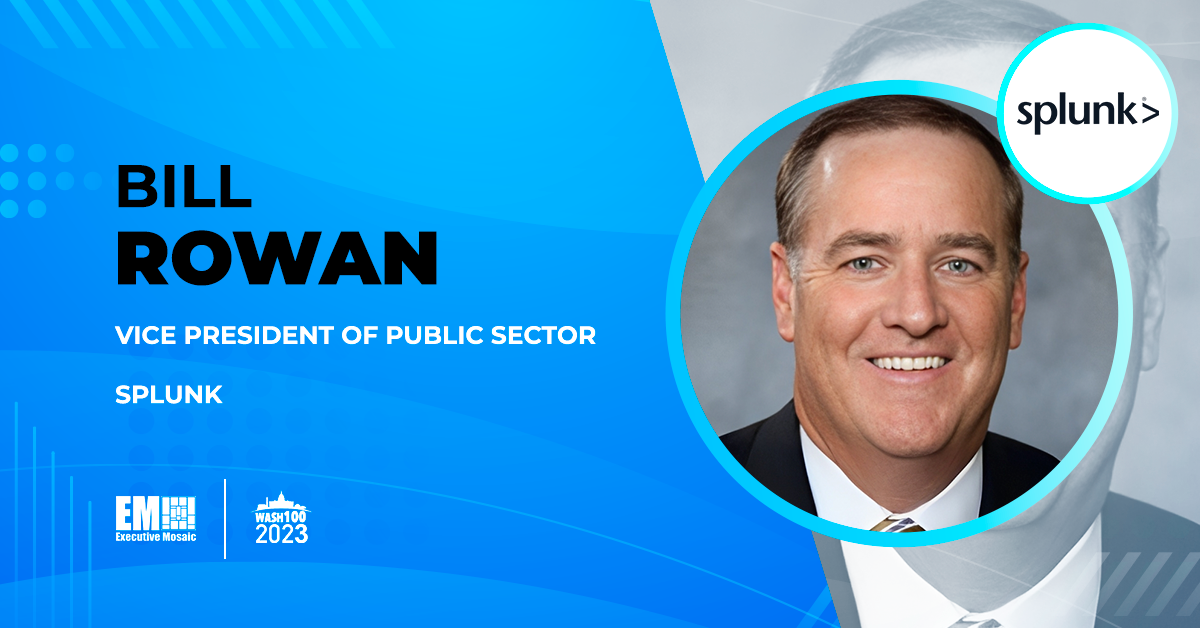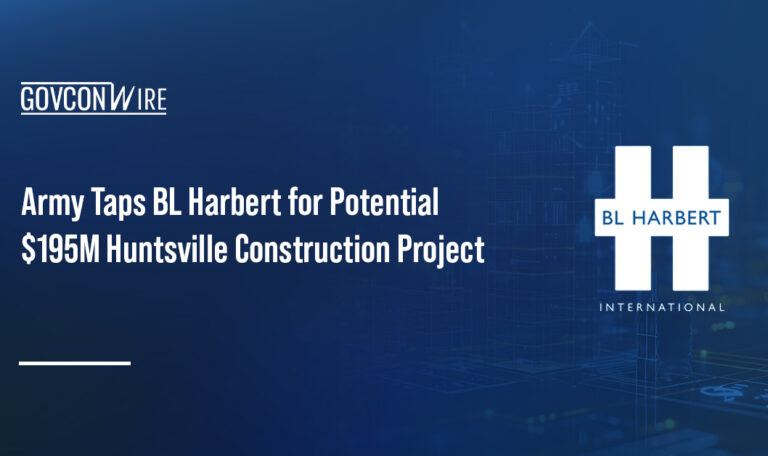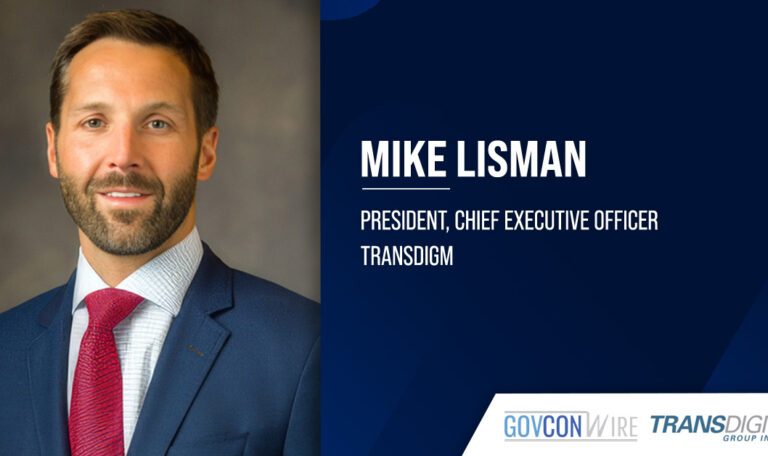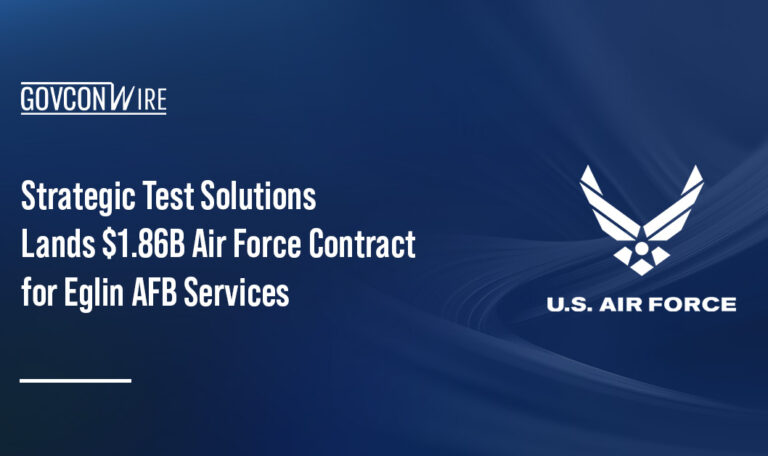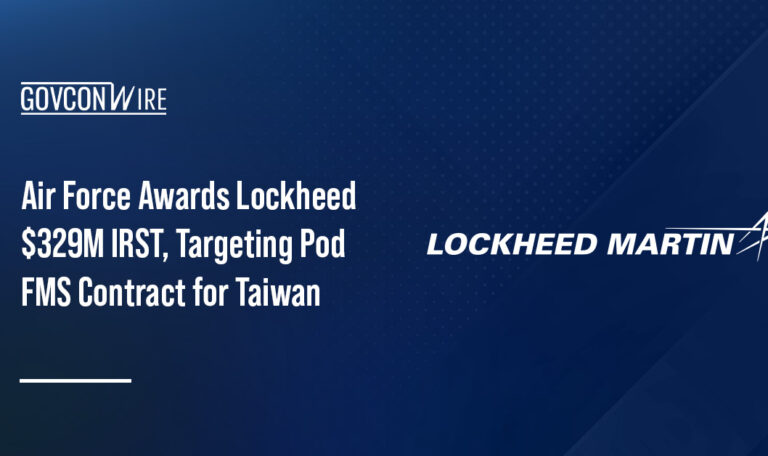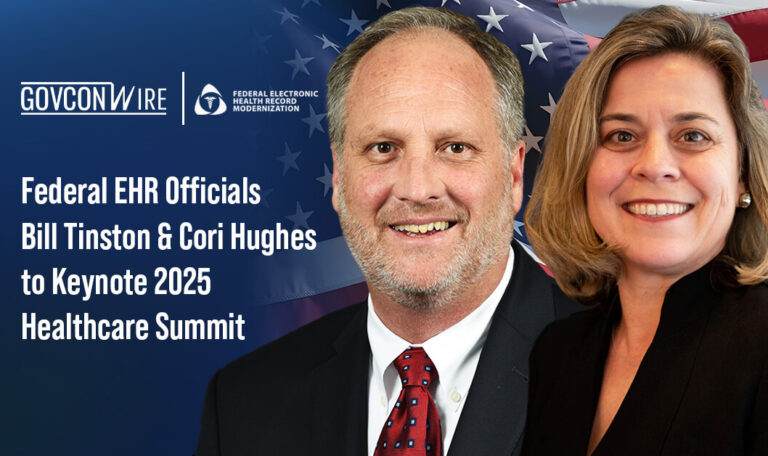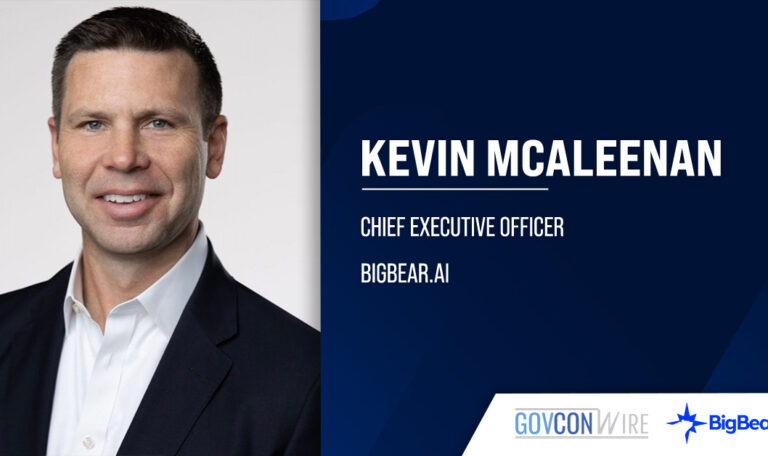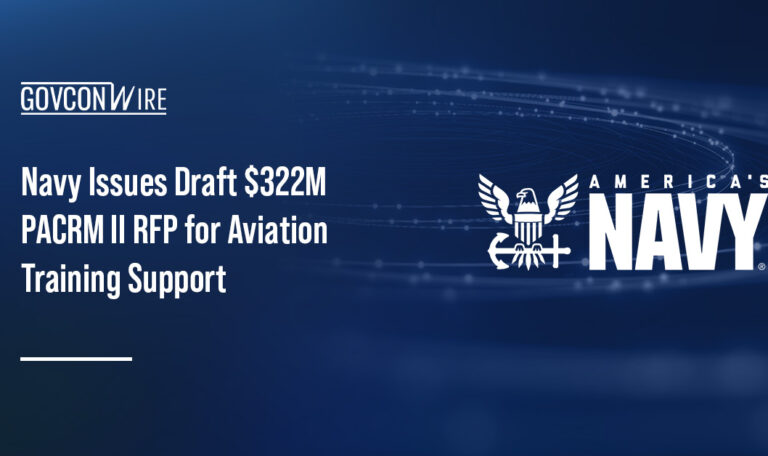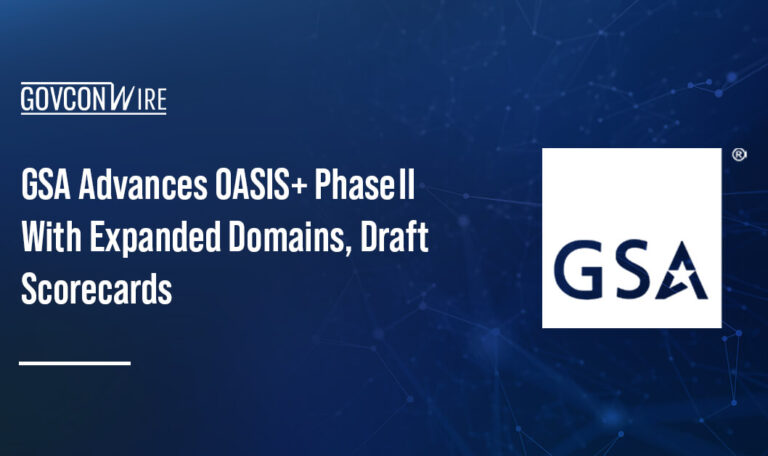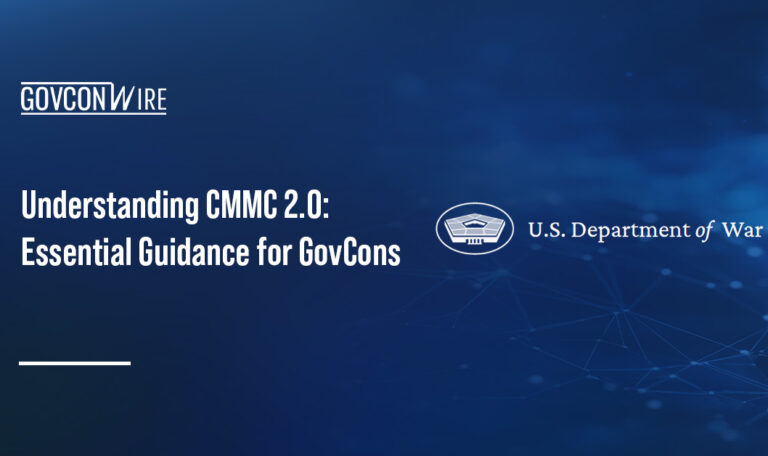While artificial intelligence is not necessarily a new technology, recent advancements are unlocking new opportunities and threats alike at a more rapid pace than ever before. Bill Rowan, vice president of public sector at Splunk and a four-time Wash100 Award winner, spoke about the key areas of AI growth, the challenges related to AI adoption in the public sector and how AI is changing the cybersecurity landscape in conversation with Executive Mosaic.
Read below for Bill Rowan’s Executive Spotlight interview.
Tell me about the current state of the artificial intelligence market. Where are you seeing new opportunities in AI, and where do you think the market is heading?
AI is essential to every aspect of business and is an integral ingredient for organizations to respond more quickly and efficiently to incidents, without burning out their teams in the process. Today, AI is making strides within three key areas: detection, investigation and response. I’ve been impressed with how AI is helping SecOps, ITOps and engineering teams incorporate relevant data, knowledge and context into human decision-making.
Looking at the future of AI, it’s clear that AI presents a tremendous opportunity for the tech industry. By leveraging generative AI technologies, companies can extract deeper insights like never before — providing more precise predictive analytics with streamlined data analysis processes that foster more informed decision-making.
What are some of the key barriers that remain in widespread federal AI adoption, and how do you think we can overcome them?
We can overcome the key barriers of AI by recognizing the importance of AI governance and ethics. For widespread government AI adoption, the onus is on private sector companies to create operational, sustainable and ethical AI models that acknowledge the cultural shift AI imposes.
AI presents a tremendous opportunity federally to transform existing technology solutions. The key to its long-term success — rather than its role as a short-term solution — relies on having human-in-the-loop when building AI experiences. Federally, we must strengthen human decision-making around business-critical operations, rather than replace human beings involved in the process. If human-centric AI is kept front and center when making policy decisions around AI, I believe that its impact and adoption will be successful and positive.
Speaking of emerging technologies, let’s talk about cloud. Cloud migration has become a huge priority for federal agencies. What opportunities can be unlocked with the cloud, and how do you think those opportunities will change the federal landscape?
With the potential to offer tremendous benefits to federal agencies, cloud migration is a compelling and effective solution when done correctly. The answer for federal agencies lies in unified solutions that eliminate blind spots, maneuver at the speed of innovation and realize peak efficiency. Private and public sector partnerships through authorizations like FedRAMP and StateRAMP have been playing a critical role in helping government agencies make this transition to the cloud. Through FedRAMP and StateRAMP, agencies have the assurance that they’re using cloud-based services that were rigorously tested to comply with the highest standards. By giving agencies the peace of mind that the cloud solutions they’re integrating will keep their data secure and applicable, they can build the right cloud strategy.
How do you think AI, cloud and other emerging technologies are changing the cybersecurity paradigm in the U.S.?
When it comes to AI, it’s important that we don’t panic and we focus on the benefits AI can provide. Right now, the cybersecurity industry is facing a talent shortage, and AI has the potential to help address it. By augmenting, automating and scaling existing capabilities, it can assist security teams in mundane tasks and help to improve their threat detection processes. This will give security teams the time they need to prioritize other tasks and create a more proactive — rather than reactive — defense strategy. By harnessing the power of AI for the good of the industry, federal agencies can up their defenses to protect against the ever-evolving threat landscape.
Lastly, what advice would you give to those who are pursuing executive-level positions in GovCon and looking to accelerate their professional growth?
I believe the public sector market is one of the most rewarding and dynamic sectors you can be a part of, but you have to be willing to understand the complexity that many of your customers are dealing with on a daily basis. Leaders who want to continue to grow in this sector need to ensure they understand not just the mission needs of a client, but the policy and financial challenges that customers may be dealing with, whether that be from Congress or a state legislature. I also believe it is critical for leaders to build relationships around the government ecosystem. The system integrators, manufactures, ISVs and OEMs are all important parts of what makes many of these complex solutions come together.


